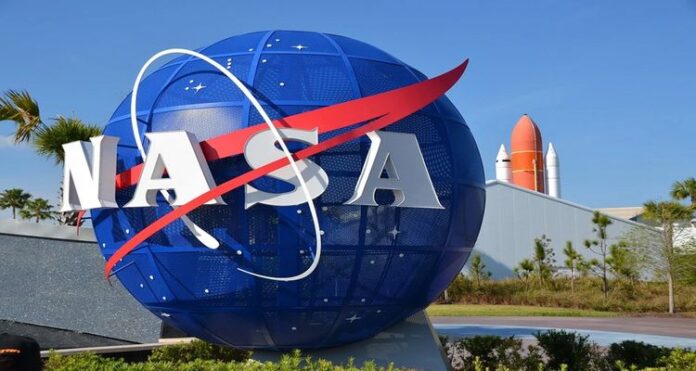| Translate This News In |
|---|
On Sunday evening, NASA will launch a rocket from the wilderness area of northern Australia, marking the country’s first commercial space launch and the agency’s first from an advertising spaceport. The suborbital rocket will be visible for a few seconds after launch at 10:44 p.m. (1344 GMT) Australian Central Standard Time, and it will travel 300 kilometers (186 miles) into space.
According to Australian National University astrobiologist Brad Tucker, who will be 400 meters from the launching point at the Arnhem Space Centre, the dry Australian landscape and proximity to the equator provide ideal conditions for space launches.
“There aren’t many places closer to the equator than Arnhem, which has a temperature of 12 degrees. There aren’t many places near the equator where you can get dry, stable air. Florida, in which Cape Canaveral is located, is a swamp “He was speaking about NASA’s Kennedy Space Center.
The US space agency, formally known as the National Aeronautics and Space Administration (NASA), has announced three launches from Arnhem Space Centre in June and July to help it investigate how a star’s light influences the habitability of a planet.
NASA said in a statement that the mission on Sunday will carry sensors to measure X-rays produced by exhaust gasses that fill the space between stars in order to study how they influence the evolution of galaxies.
According to Tucker, the second and third quests in July will observe Alpha Centauri, the closest star to Earth and the closest to the Southern Cross constellation, which appears on the Australian flag. The cluster and Alpha Centauri are only visible from the southern hemisphere.
“The big goal is to see if there are potentially Earth-like celestial bodies around it,” he explained, adding that scientists have been going to wait a decade for a rocket launch from the Southern Hemisphere. It will be visible for about 10 to 50 seconds.
“The science teams will be active 100 seconds after launch, controlling the telescope on board… They will be able to see how successful it is in real time.”
NASA is the first client for Equatorial Launch Australia’s commercial spaceport, and 70 NASA personnel have journeyed to Australia for the three missions.


















